Automated Drone Operations for the Oil and Gas sector

Are you one in the Oil and Gas sector? Do you have drones in your toolkit already? Perfect! But how can you get the best out of them? It’s simple – know the potential of these powerhouses you own. As you know by now, drones are cutting down the complexities associated with the Oil and Gas sector; the applications of drones in the sector are limitless. Whatever the applications are, you always have the option to work even smarter! I’m talking about Drone’s ability to automate operations – Drones can fly along the predetermined routes set by the operator even before the actual take-off.
TDLAS Technology for gas leak detection; Introducing DJI Zenmuse U10

Meet the all-new DJI Zenmuse U10, a gas detection payload that uses a Tunable Diode Laser Absorption Spectroscopy (TDLAS) technology to detect methane gas up to 100 m away. U10 is a culmination of robust visual and laser gas-detection sensors that allow businesses to be cost-effective by resolving multiple jobs simultaneously. Intrigued? Let us learn more about this invaluable addition to your Oil and Gas operations. As this article progresses, we’ll learn how the U10 helps us to perform inspections Safer, Faster, more Efficient, and way more Cost-effective.
Drones for Flare Stack Inspections

A searing flame rising out of a towering structure is one of the most popular imagery connected with oil and gas activities; just look at our thumbnail picture. If you are a professional from the Oil and Gas sector, you would know that it’s a Flare Stack and how crucial it is. Routine flare stack inspections followed by proper maintenance are the ONLY way to ensure your Flare Stacks’ integrity. However, it should be underlined that we cannot use the hazardous, time-consuming, and labor-intensive typical inspection procedures to determine the compatibility of such essential infrastructures. Let’s dig further; here’s an article about the Importance of Flare Stacks in Oil and Gas Operations, and most importantly, advantages of Drone-powered solutions for your Flare Stack Inspections.
DJI Drones for Oil and Gas Sector

The Global Market for drones in the Oil and Gas sector is expected to reach 16.72 billion USD by 2025, with a Compound Annual Growth Rate of 35.24% from 2019. Almost all the major players in the Oil and Gas sectors have completely migrated to drone-powered solutions. For instance, BP, one of the world’s seven oil and gas “supermajors”, is one of the early adopters of drones in their operations. Drones for Oil and Gas sector is a game changer; they make your operations Safer, Faster, Cost-effective and way more Efficient. Are you worried about the pain points in your Oil and Gas operations? Well, DJI manufactures “solutions” rather than products. This article talks about how DJI drones empower you with the right solution against each pain point in your Oil and Gas operations. Hopefully, you’ll get to know it better as the article progresses.
DJI Zenmuse H20N v/s H20T; What’s the best?

Let’s talk about DJI’s Zenmuse H20 Series – DJI’s first hybrid sensor solution. The payloads in the H20 series (DJI Zenmuse H20N and DJI Zenmuse H20T) share multiple similarities but have certain variations too. And the significant difference between them lies in the slight change in the labelling at the end – T or N. T for ‘Thermal’ and N for ‘Night Vision’; this is where the major difference lies, both cost-wise and function-wise. Pricing-wise, the H20N is a bit costlier than its thermal counterpart. Even though these payloads are meant for specific industrial needs, you might have this natural tendency to compare them. ‘What’s the best?’ is a question we can’t help. Don’t worry; this article is for you. Let’s explore DJI Zenmuse H20N v/s H20T; here, we will discuss about the headline innovations, similarities and differences of these incredible payloads in the H20 series.
Confessions of a Drone Professional: Why We Love the M300 RTK
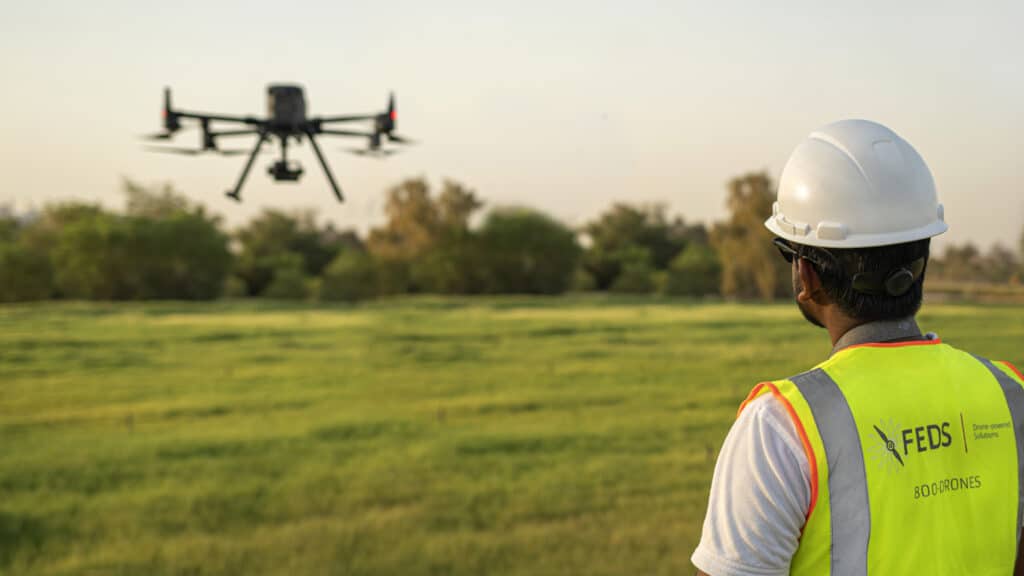
There is no doubt that DJI’s Matrice 300 RTK has set a new standard for the commercial drone industry. With its array of purposeful and powerful features combined with a robust build, you’d be hard-pressed to find better. However, this isn’t an article where we discuss the features of the M300 RTK — there are plenty of those already; in this article, we will be discussing why the pilots at FEDS-drone Powered Solutions love working with this powerful drone system.
Emergency Response Drones: Saving Lives, Improving Response Times
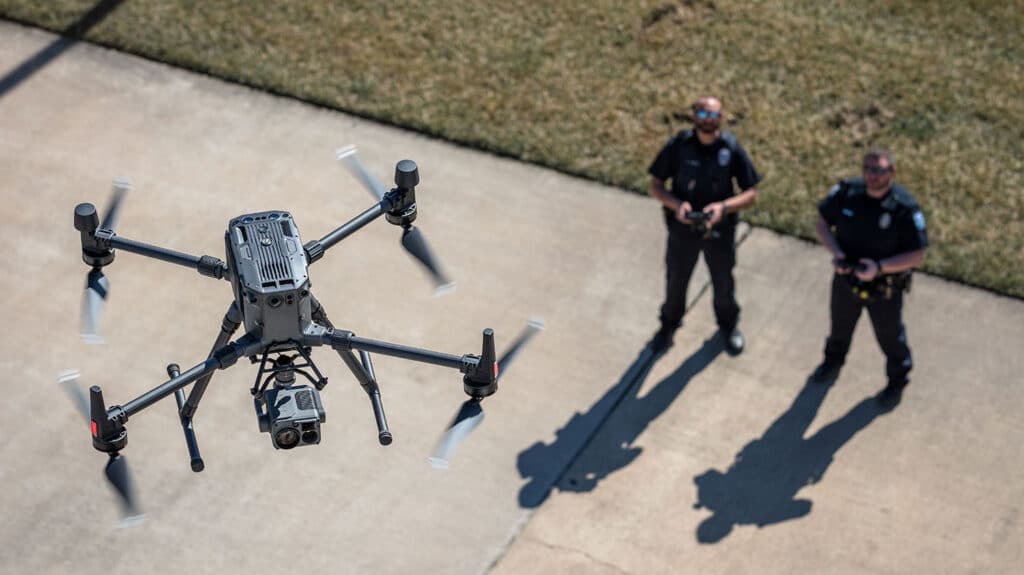
In an urgent response situation, the team and authorities are working against the clock. Traveling to the incident site, establishing situational awareness, and requesting additional resources all take time- precious time that can save lives. While traditional teams have to deal with road conditions, distance, and longer deployment times, drones do not. Emergency Response Drones are life savers. Emergency response teams are now leveraging drones to save lives, improve response times and optimize resource allocation.
Making the operations safer with Drone Inspections in Oil & Gas field
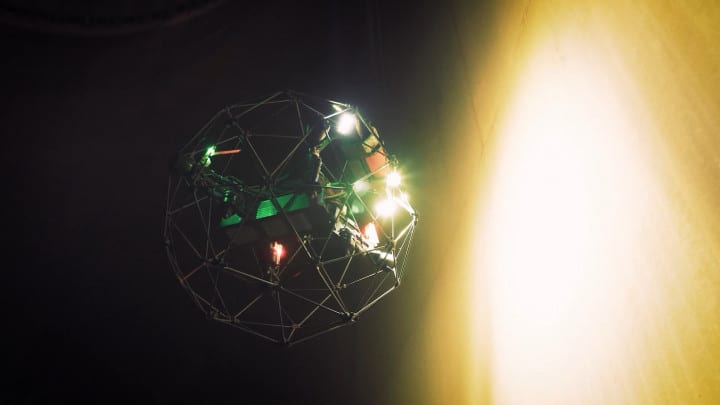
Oil and gas fields are home to a plethora of hazards–many of which are caused by the process, product, and environment. To maintain a safe working atmosphere and prevent accidents and incidents, regular inspections of assets are necessary. Unsurprisingly, internal inspections of Oil field assets are not easy or safe- especially using traditional methods. This explains the rise in popularity of drone-powered internal inspections- Drone inspections in Oil & Gas make the operations faster and safer while being more cost-effective and yielding better data.
DJI Phantom 4 RTK Mapping: Visionary Intelligence, Elevated Accuracy
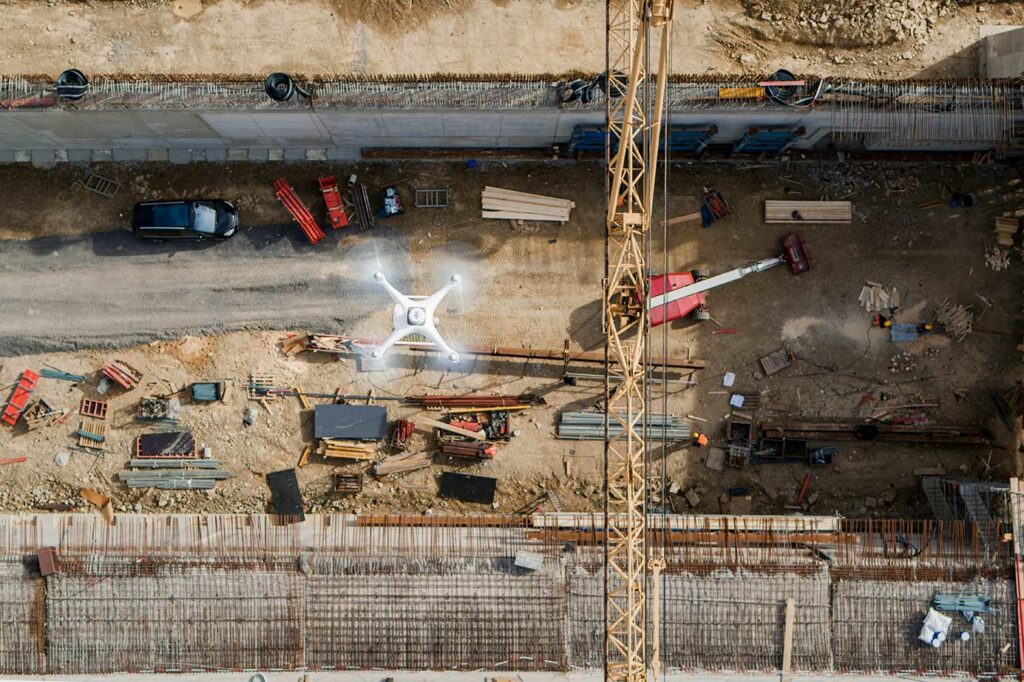
DJI Phantom 4 RTK is a godsend for surveyors working in cities or on small to medium-sized fields. The drone’s small frame, combined with its simple workflow, makes it incredibly simple to integrate into your workflow.
Come join in the conversation with industry veteran Scott Henderson Head of Sales at The Drone Centre, as he explores DJI’s Phantom 4RTK and how you can use it to monitor your construction sites.
Using DJI’s Phantom 4 RTK To Avoid Rework In Construction
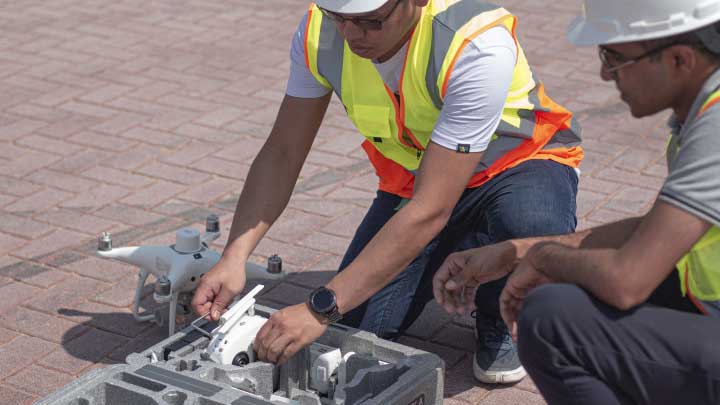
If you’re in the construction industry, you know that projects are often spread out and involve many teams. As a construction manager, it can be a real challenge to properly coordinate multiple teams across the entire site from the command center. Fixed cameras don’t give you a complete picture, and manually walking through the site is terribly inefficient. So how do we overcome this? Let’s look at how one Phantom 4 RTK made the difference between misaligned roads and a rework-free construction site.
